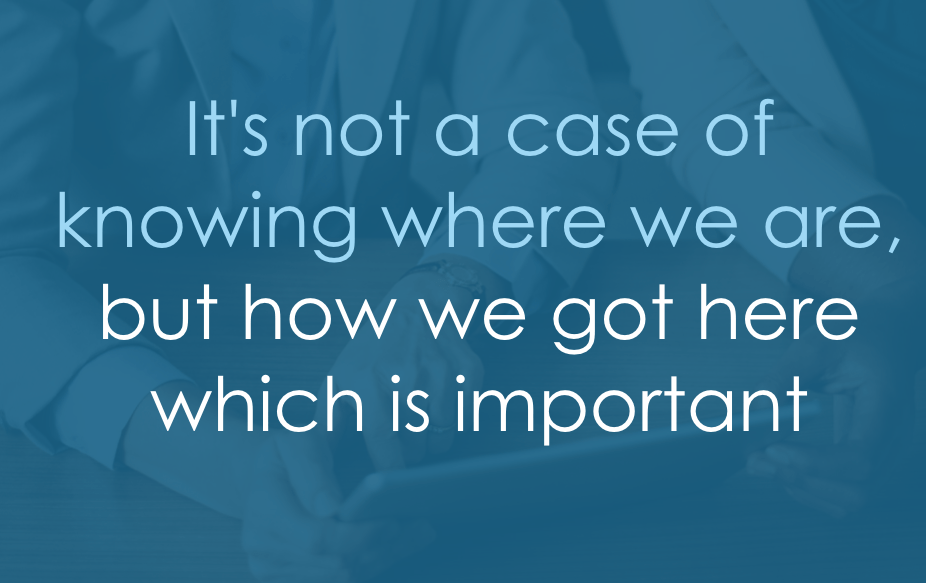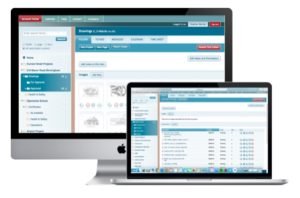Having the document is one thing but do you have its’ history?

The implementation of BIM has seen the construction sector takes significant strides towards the electronic recording of all project documentation and most importantly has made that information available to all interested parties.
This is obviously had an impact on construction processes which has in turn, in theory at least, improved project communication and reduced the number of contractual disputes. Given that the current version of all project documents and drawings is constantly available to all interested parties, there is no genuine reason why anybody should be working without of date documents or information.
But construction processes are complex, requests for information (RFI’s) may not be answered in a timely fashion or, in some’s extreme cases may not be answered at all. In a similar fashion releases of new documents and drawing, updates may not always be published and communicated to all interested parties.
This invariably leads to the conclusion, that in the unlikely event of a contractual dispute, the document itself (be it the latest version or the original or any amendment thereof) is not specifically the most important thing, the history of the audit trail relating to that document’s lifespan is.
Moreover, at project completion whilst documents may be handed over to various project stakeholders, including the building owner. Actually having the final set of drawings and documents may not be as important as having access to the full audit trail of how this document came to be.
It’s not a case of knowing where we are, but how we got here which is important.
The question would then turn to who owns, manages or has access to the construction document management system (in which the project document audit trials resides). All too often this will be the main contractor, not the client or ultimate stakeholders to whom this information is most valuable.
The complex web of interaction between project stakeholders (building owners or investors) major contractor, and subcontractors and associated trades are only truly recorded in the project audit trail and it is that to which the principal stakeholders need constant and ongoing access.
Owning the project document management system, is more important than having access to it, or, making sure you have an agreement to take control of that system (complete with full audit trail and document history) is the only effective way of ensuring that project stakeholders have access to the appropriate project records, at the time when the likely to need the most, in other words, some years after project completion.
This has seen a rise in companies implementing up their own document management system alongside the one that they are forced to use by decree of the main contractor or significant stakeholder. This often is the only way that they can ensure continued access to the project documents and their history.
If you like to own your own project document management system, click or call any of the numbers below.


